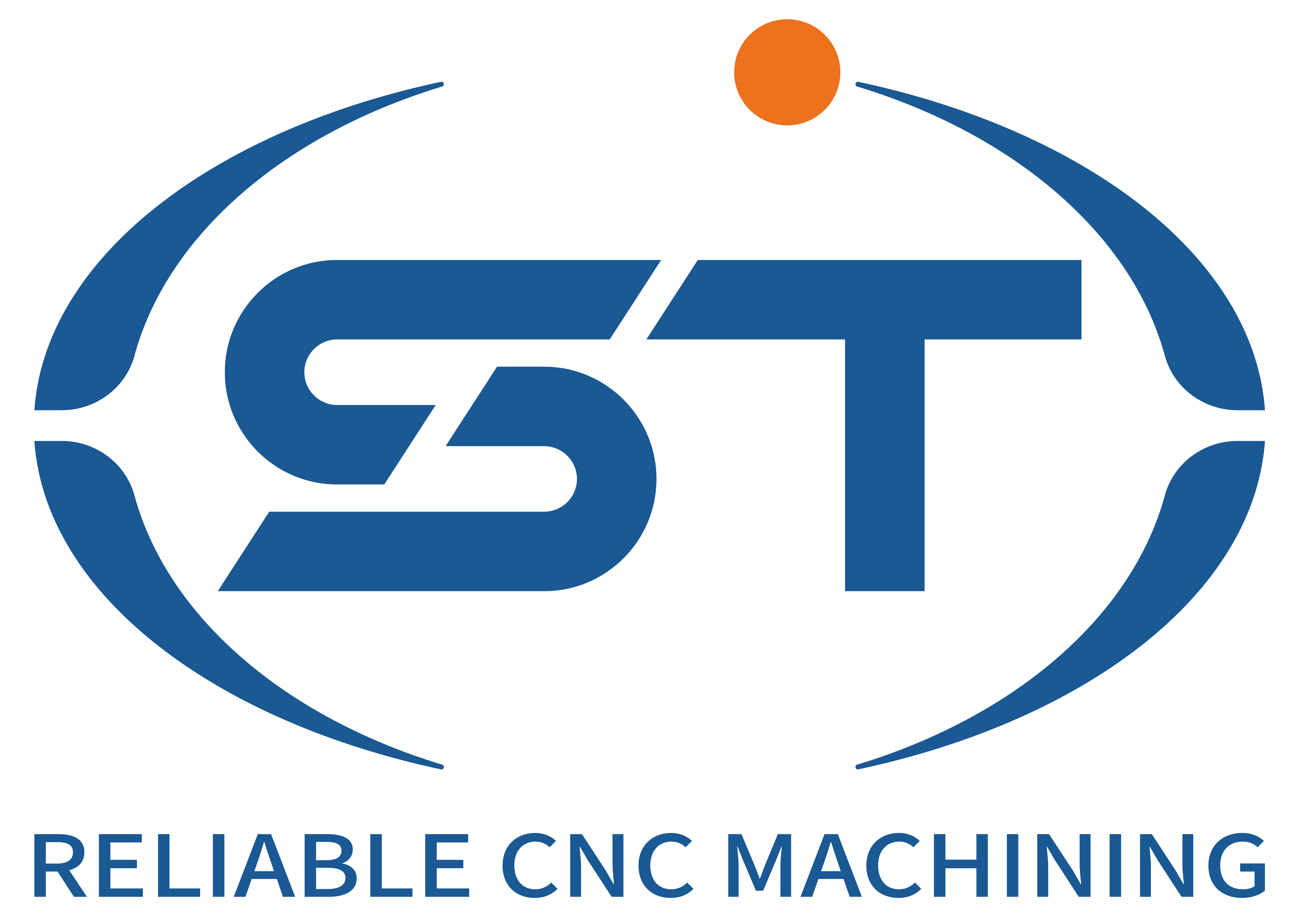Applications of Smart Manufacturing in Lavorazione CNC per componenti automobilistici
The automotive industry’s push for agility, efficiency, and zero-defect production has accelerated the integration of smart manufacturing technologies into CNC machining. These technologies leverage data analytics, automation, and connectivity to optimize processes, reduce waste, and enhance quality control. Below are key applications and benefits of smart manufacturing in automotive CNC workflows.
Table of Contents
ToggleData-Driven Process Optimization and Predictive Analytics
Smart manufacturing systems collect and analyze vast amounts of data from CNC machines, sensors, and production tools to identify inefficiencies and optimize machining parameters. For example, by monitoring spindle vibration, cutting forces, and tool wear in real time, these systems can detect deviations from optimal conditions and automatically adjust feed rates, spindle speeds, or coolant flow to maintain part quality.
Predictive analytics play a crucial role in minimizing downtime. By analyzing historical and real-time data, smart systems can forecast tool failures or machine breakdowns before they occur. This enables proactive maintenance, such as scheduling tool replacements during planned shutdowns, rather than reacting to unexpected failures that disrupt production.
Additionally, data-driven insights help refine cutting strategies over time. By correlating process parameters with part quality metrics, manufacturers can continuously improve efficiency, reduce cycle times, and lower material waste.
Automated and Collaborative Robotics for Flexible Production
Smart manufacturing relies heavily on robotics to automate repetitive tasks and enhance flexibility in CNC machining. Robotic arms equipped with advanced grippers or vision systems handle tasks like loading raw materials, unloading finished parts, and transferring workpieces between machines. This reduces labor dependency and improves consistency, particularly in high-volume or high-precision applications like engine block or transmission housing production.
Collaborative robots (cobots) further extend automation capabilities by working alongside human operators in shared workspaces. Cobots can assist with setup changes, part inspection, or delicate machining tasks, combining human judgment with robotic precision. For example, a cobot might load a prototype component into a CNC machine while an engineer monitors the process, enabling rapid iteration without sacrificing safety.
These robotic systems also integrate with adaptive control technologies, allowing them to adjust their actions based on real-time process data. For instance, if a sensor detects a variation in part geometry, a robot might reposition the workpiece or alert an operator to intervene.
Digital Twins and Virtual Commissioning for Error-Free Setup
Digital twin technology is transforming how automotive CNC processes are designed and optimized. By creating virtual replicas of machines, toolpaths, and workpieces, digital twins enable manufacturers to simulate and validate machining operations before physical implementation. This reduces setup errors, minimizes trial-and-error adjustments, and accelerates time-to-production.
Virtual commissioning, a subset of digital twin applications, allows operators to test machine programs, toolpaths, and automation sequences in a simulated environment. For example, a digital twin might reveal that a proposed toolpath would cause a collision with a fixture, enabling the operator to correct the issue before running the program on the actual machine.
Digital twins also support continuous improvement by providing a platform for analyzing process data and testing optimization strategies. By comparing simulated and actual outcomes, manufacturers can refine their processes iteratively, driving efficiency gains without risking production disruptions.
AI-Powered Quality Control and Defect Prevention
Smart manufacturing systems incorporate artificial intelligence (AI) and machine learning (ML) to enhance quality control in CNC machining. AI-powered vision systems inspect parts in real time, identifying surface defects, dimensional inaccuracies, or material inconsistencies with higher accuracy and speed than human inspectors. For example, an AI system might detect a microscopic crack in a cylinder head that would escape traditional inspection methods.
ML algorithms analyze inspection data to predict quality issues before they occur. By identifying patterns in process variables (e.g., tool wear, vibration, or temperature) that correlate with defects, these systems can trigger corrective actions—such as adjusting cutting parameters or replacing a worn tool—to prevent scrap.
AI-driven quality control also supports adaptive machining. If an inspection reveals a deviation in part dimensions, the system might automatically modify toolpaths or cutting speeds for subsequent parts to correct the issue, ensuring consistent quality across batches.
By embracing smart manufacturing technologies, automotive manufacturers achieve unprecedented levels of precision, efficiency, and adaptability in CNC machining. From data-driven optimization and automated robotics to digital twins and AI-powered quality control, these innovations enable faster production cycles, lower costs, and higher-quality components—key advantages in a competitive, fast-evolving industry.




